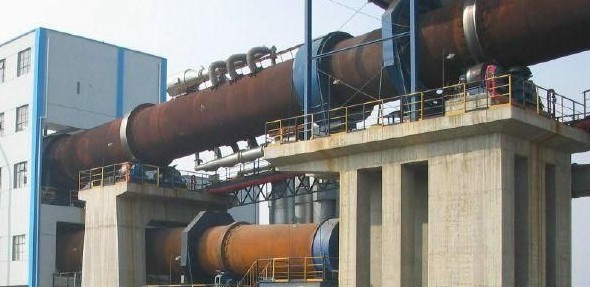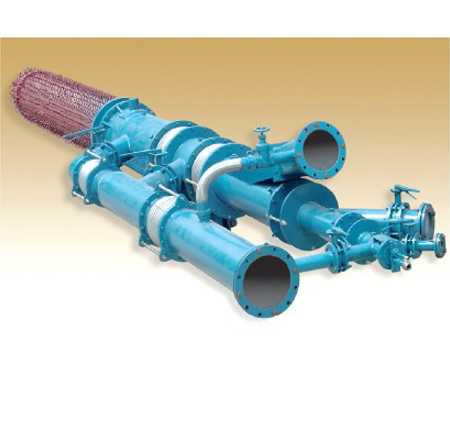Rotary Kiln Introduction and Developing History
Rotary kilns have been used among various industries by thermal processing for many years to drive chemical reactions. Rotary kiln is available in cement, lime, and minerals. With wide using in these industries, they have been designed to meet customers’ needs. Unlike most rotary kiln manufacturers, our ability to run an array of batch tests allows us to be very nimble in terms of designing rotary kilns around specific problems or materials.
The Kiln Shell

The shell of the kiln is made of mild steel plate. Mild steel is the only viable material for the purpose, but presents the problem that the maximum temperature of the feed inside the kiln is over 1400°C, while the gas temperatures reach 1900°C. The melting point of mild steel is around 1300°C, and it starts to weaken at 480°C, so considerable effort is required to protect the shell from overheating. The engineers who pioneered the first rotary kilns all had a background in locomotive construction.
Shape of Kilns

Early rotary kilns were simple cylinders. A wider burning zone with a reduction in its diameter at the outlet end was favored because this was considered to produce a zone in which the material bed depth was increased, thereby slowing material flow down, and allowing clinker to "soak" at the peak temperature. A further, more practical reason for a wide burning zone shell was that it allowed room for thicker refractory and for thick coating that usually forms in this zone.
After several years’ developing in kiln, now kiln building and technology has a new high. As to Dingli by introducing the advantages of historical machines and upgrading with other professors, currently, Dingli has the ability producing the rotary kiln with high production capacity and higher quality.
NextContent:none











